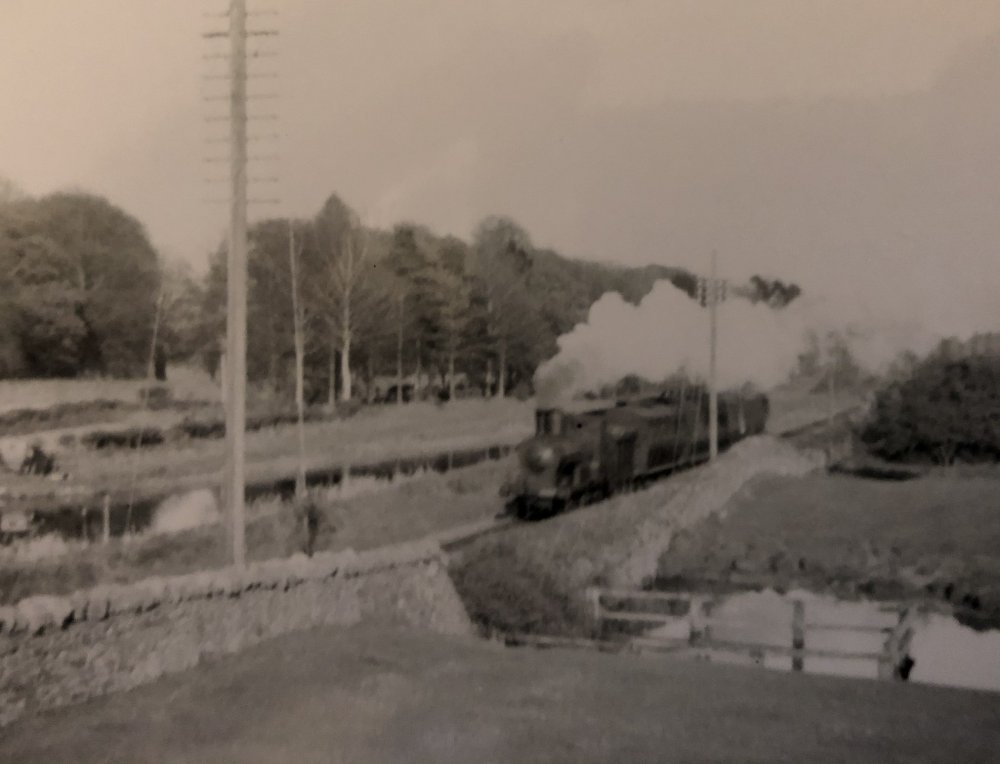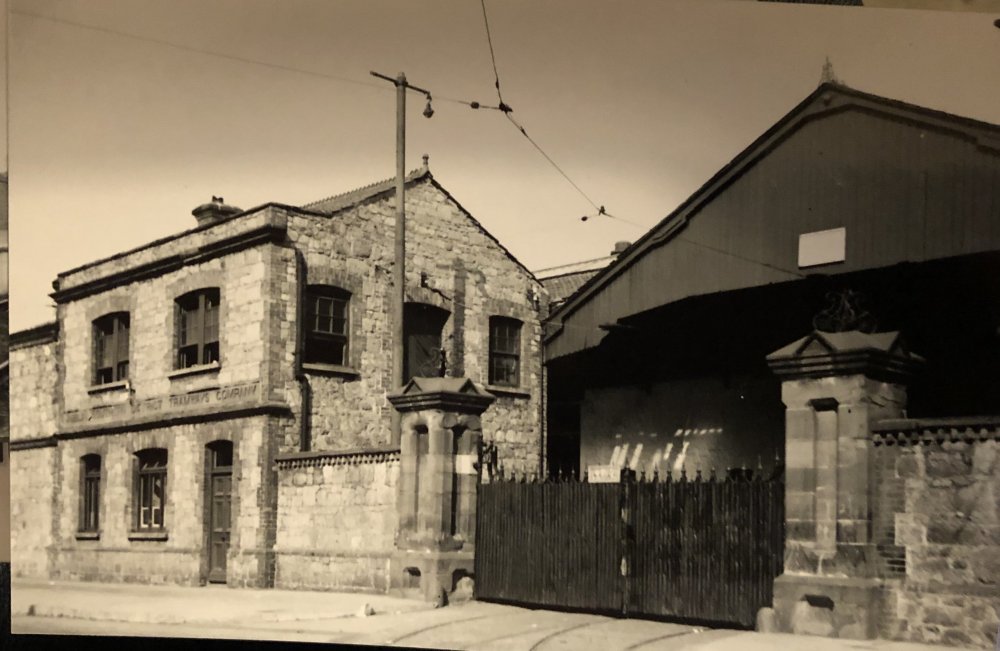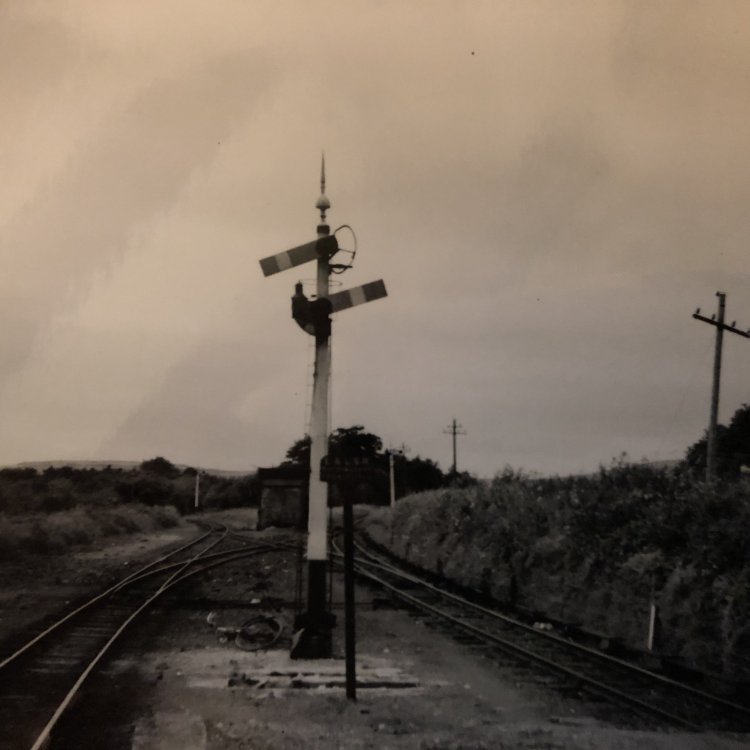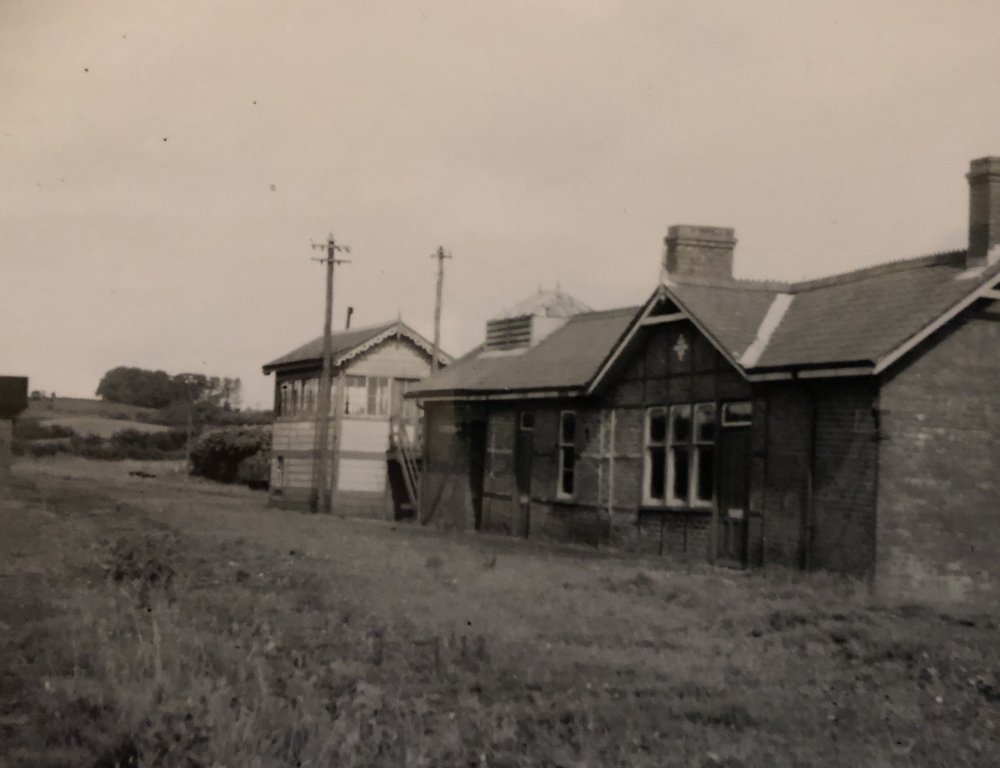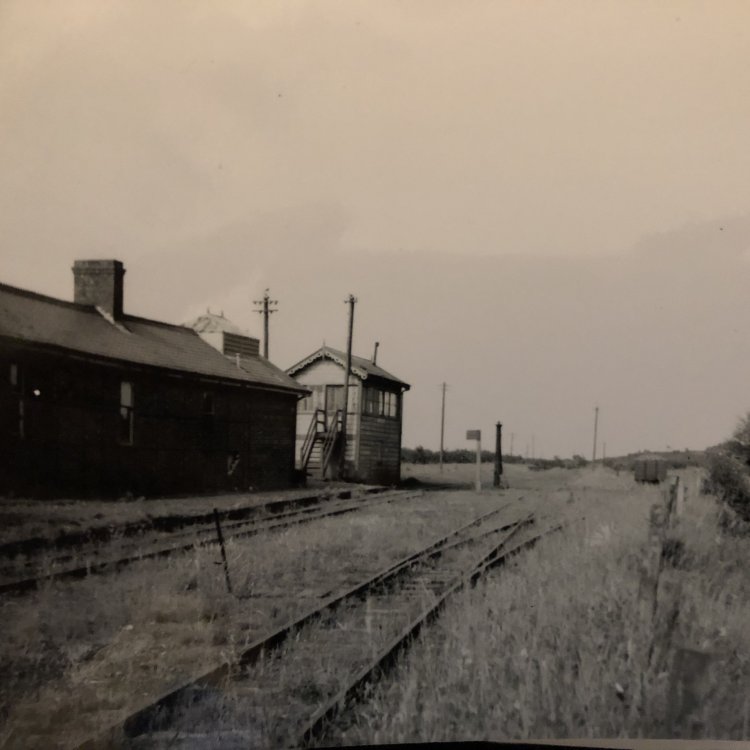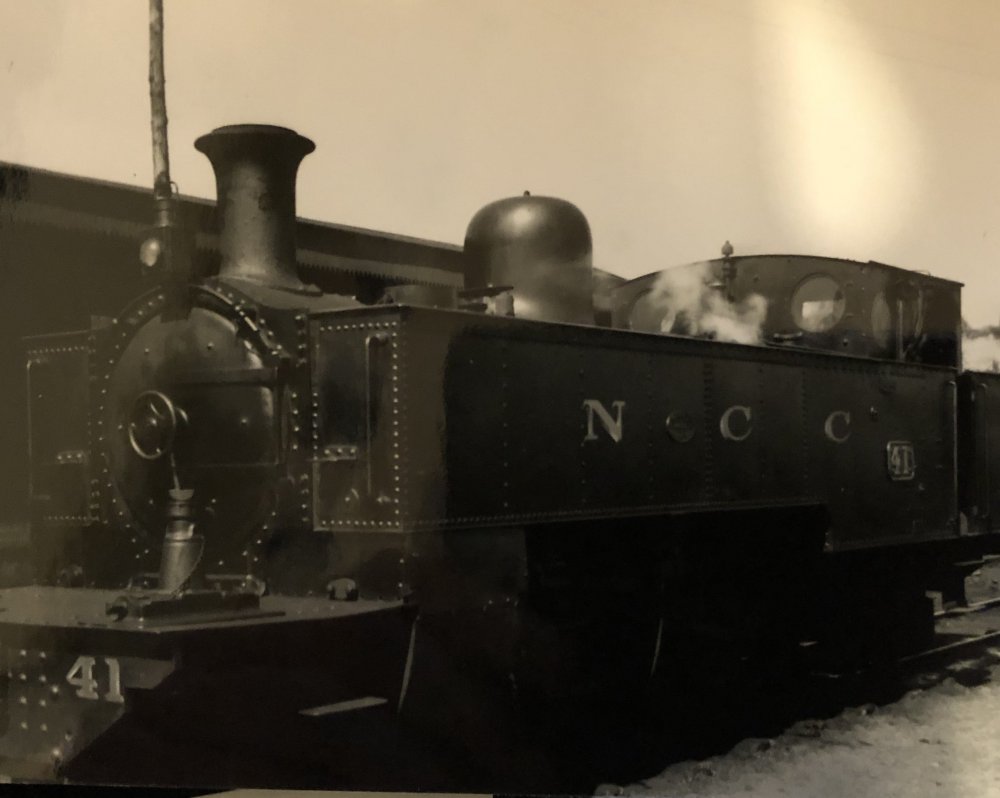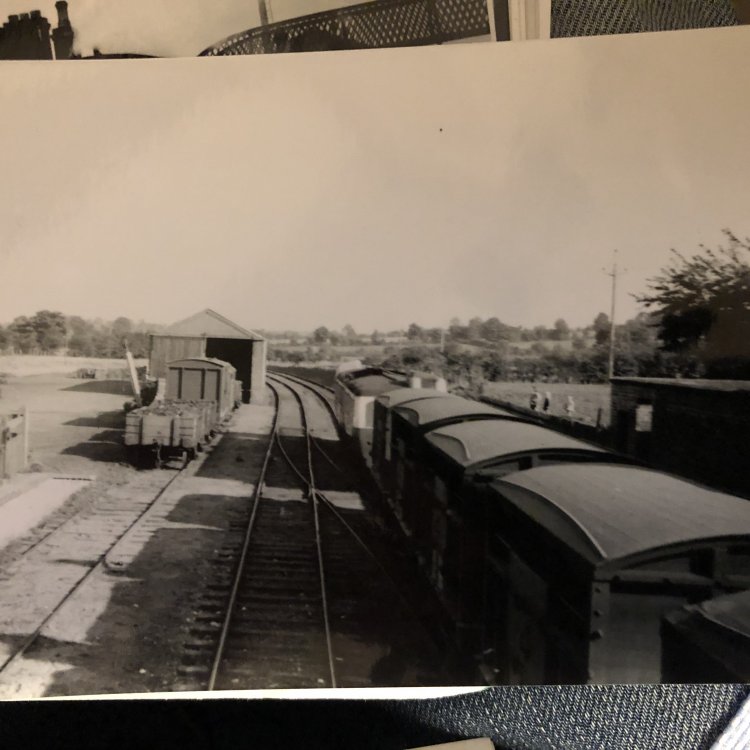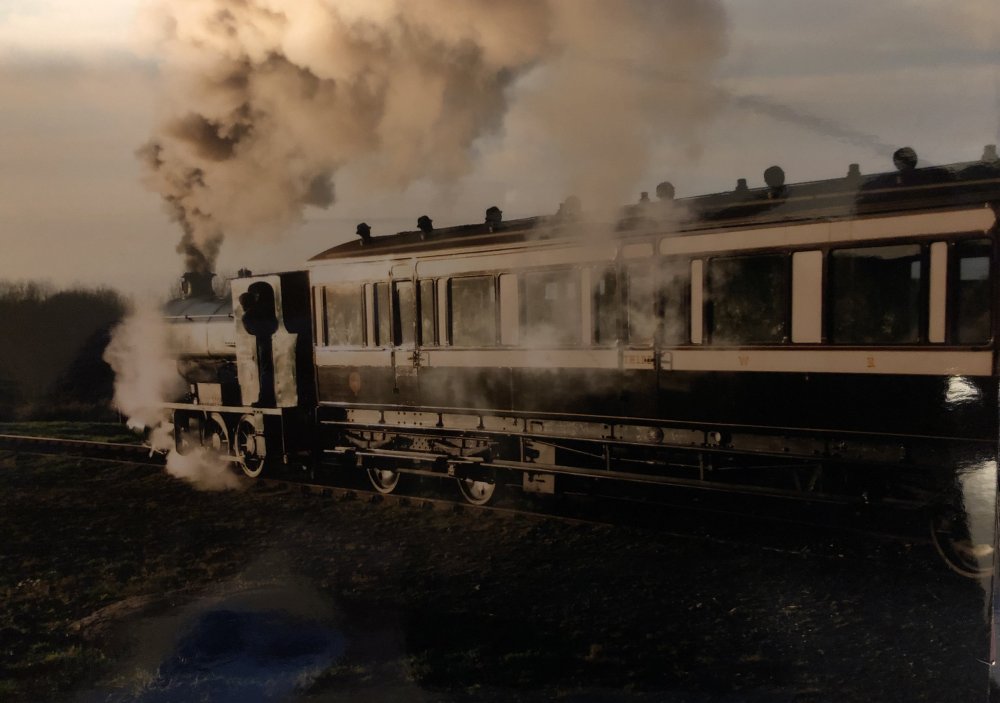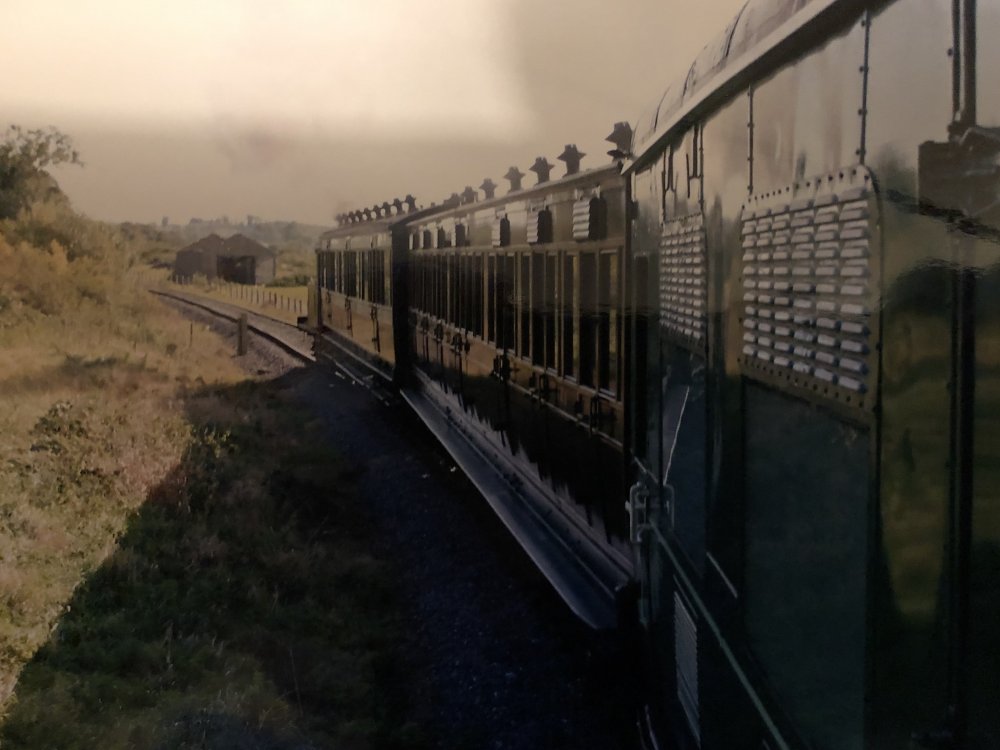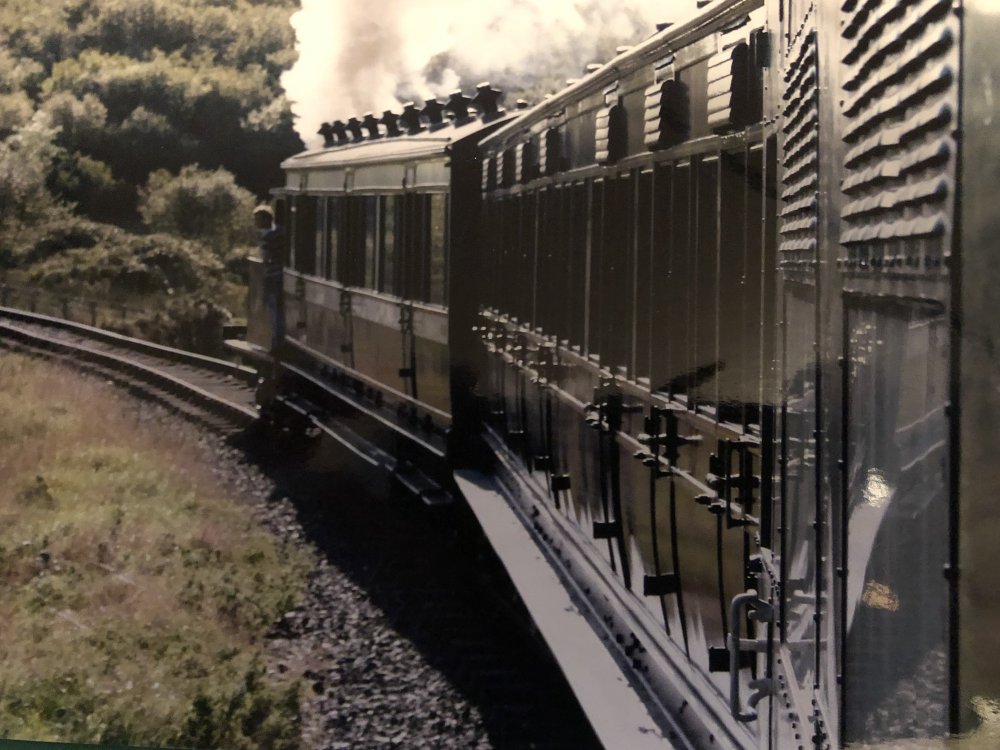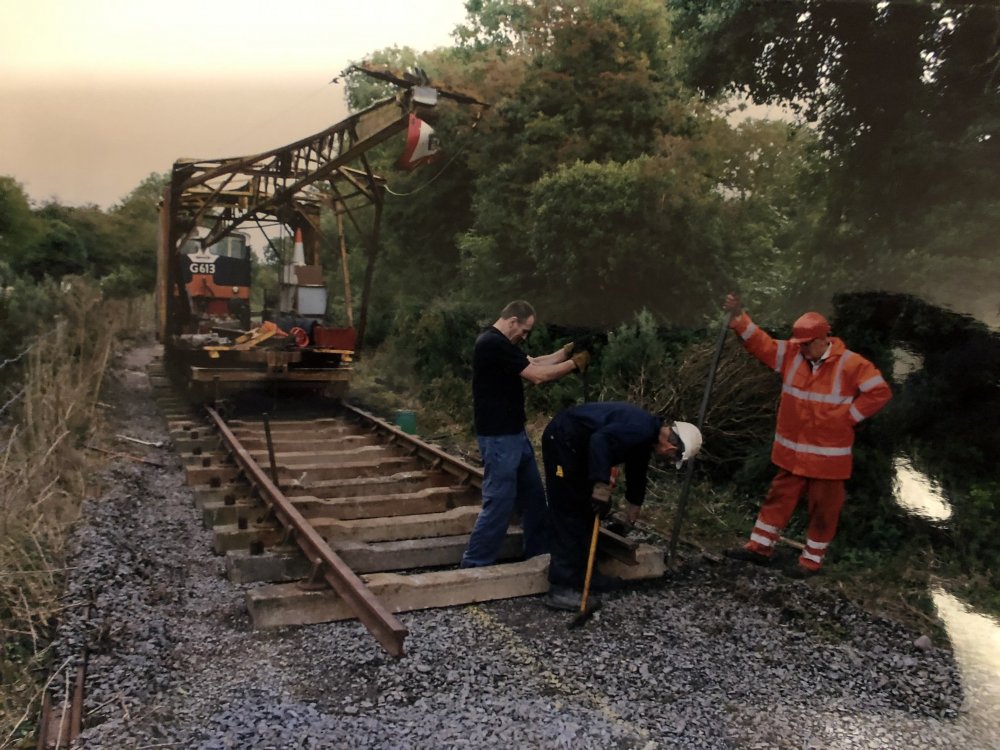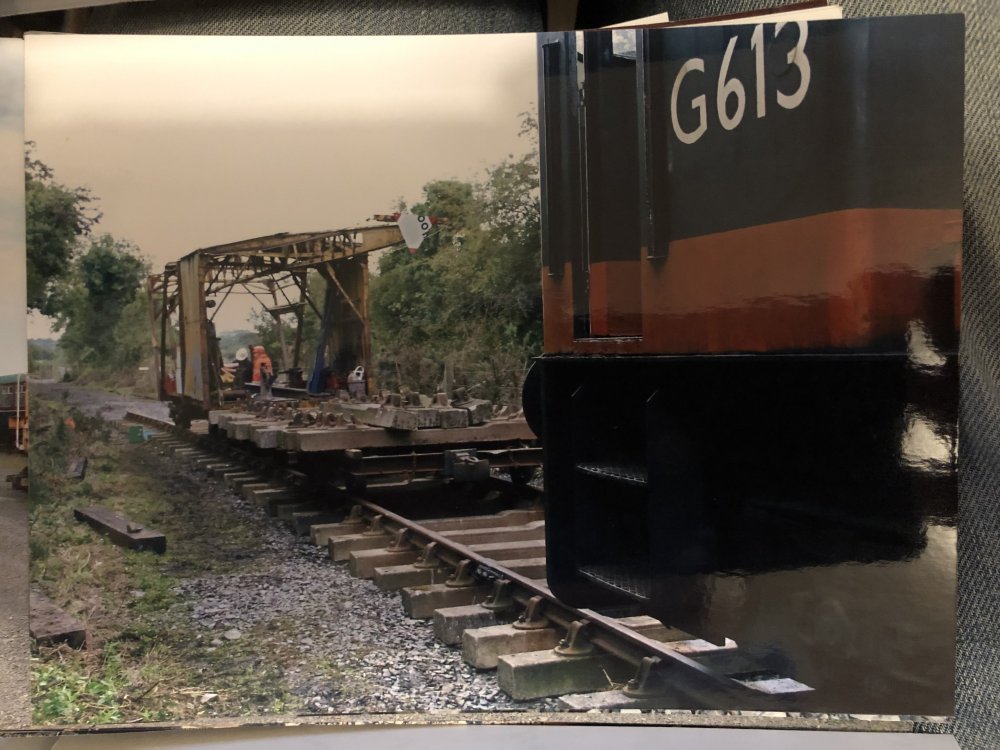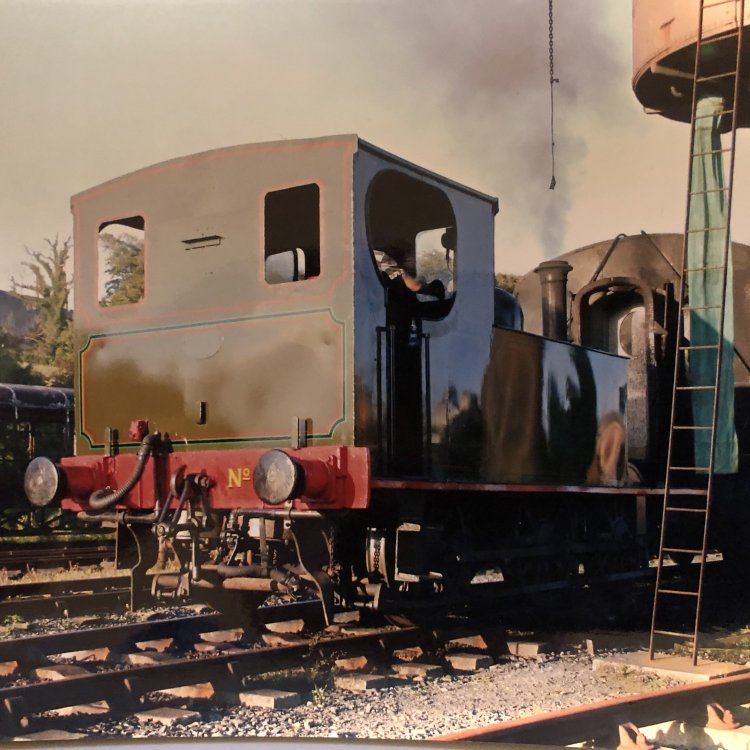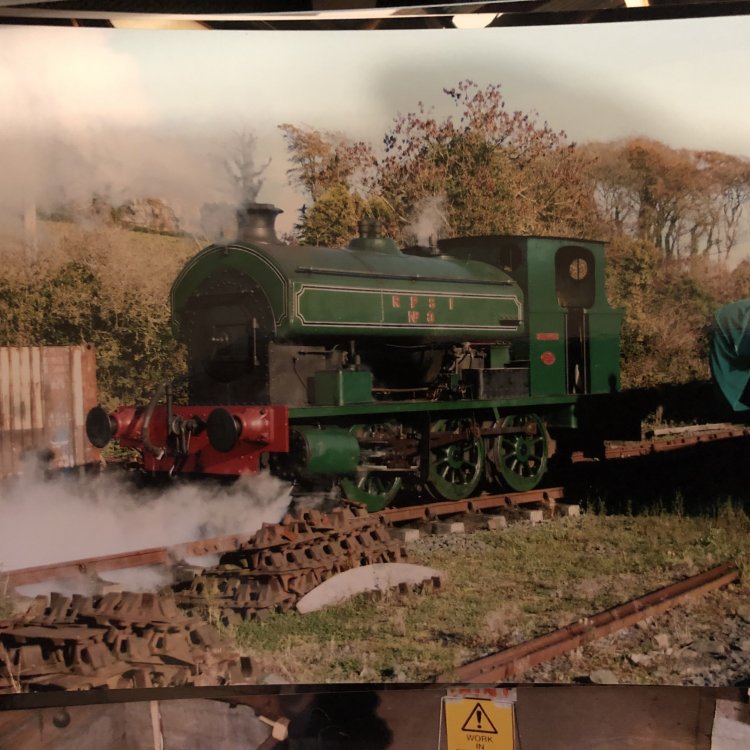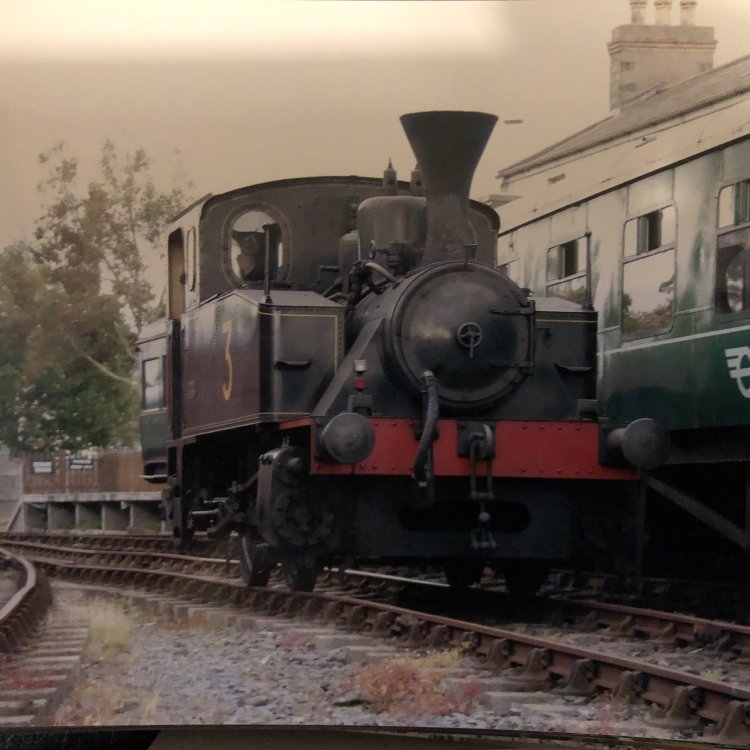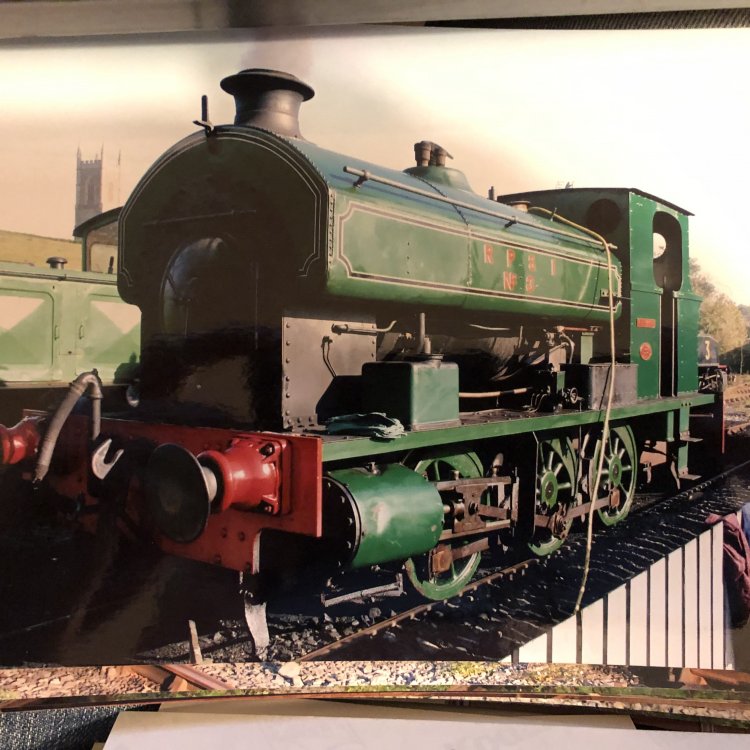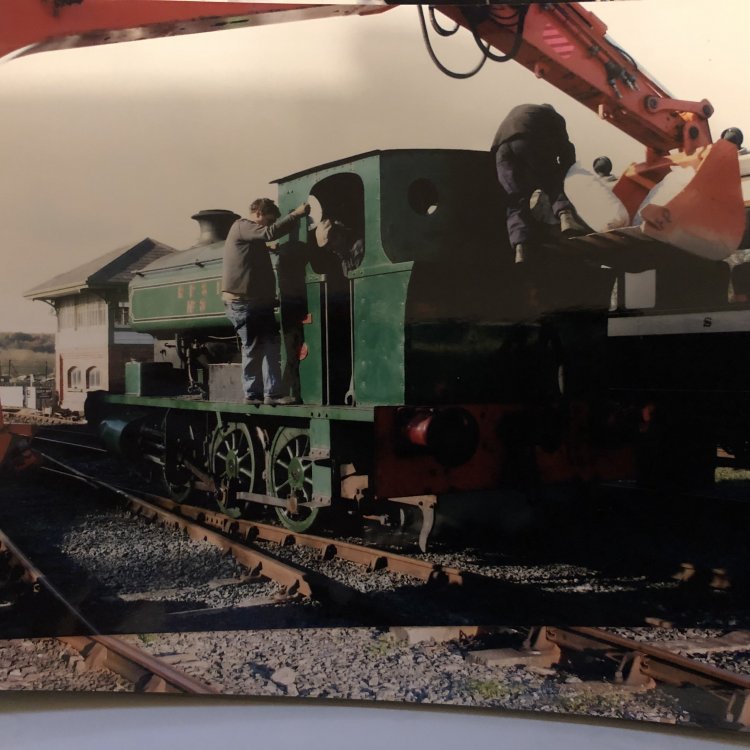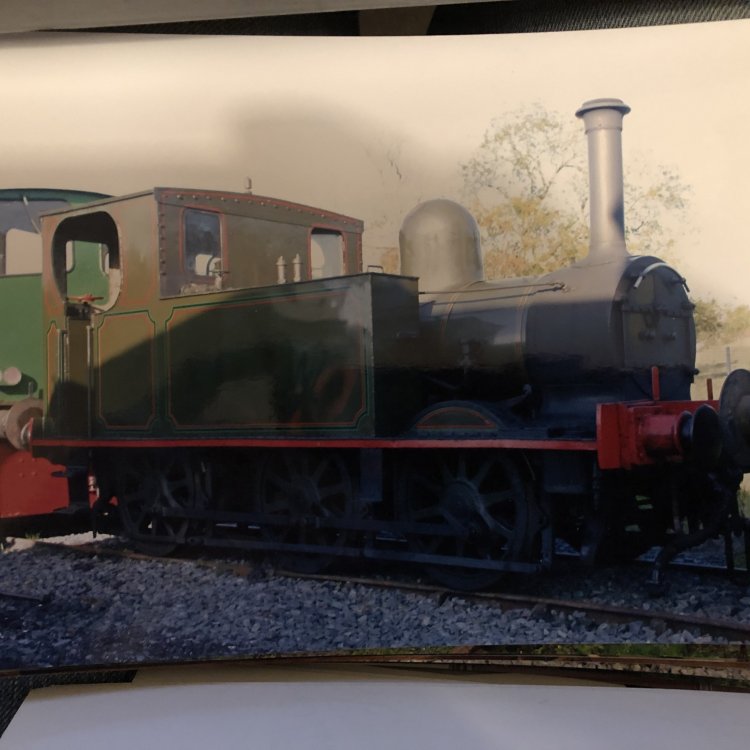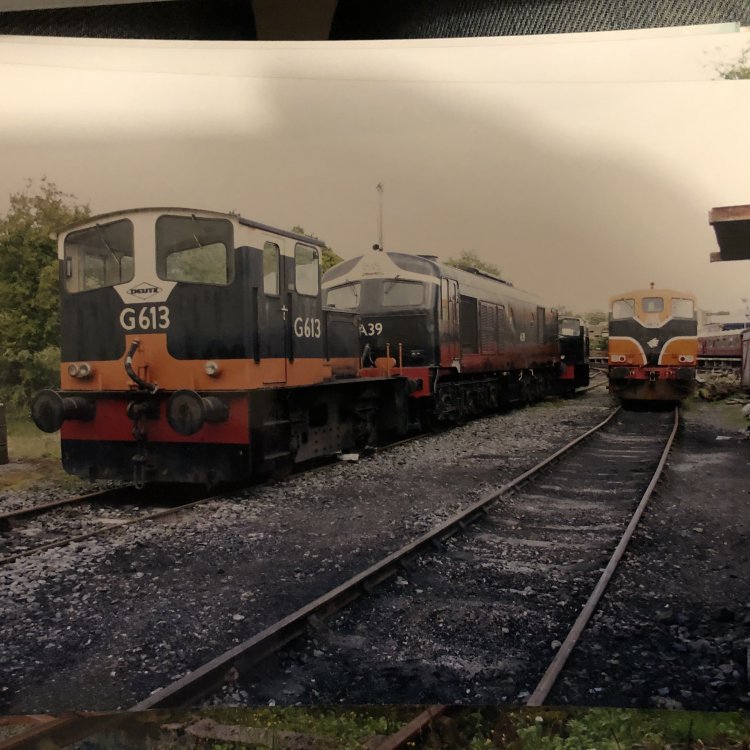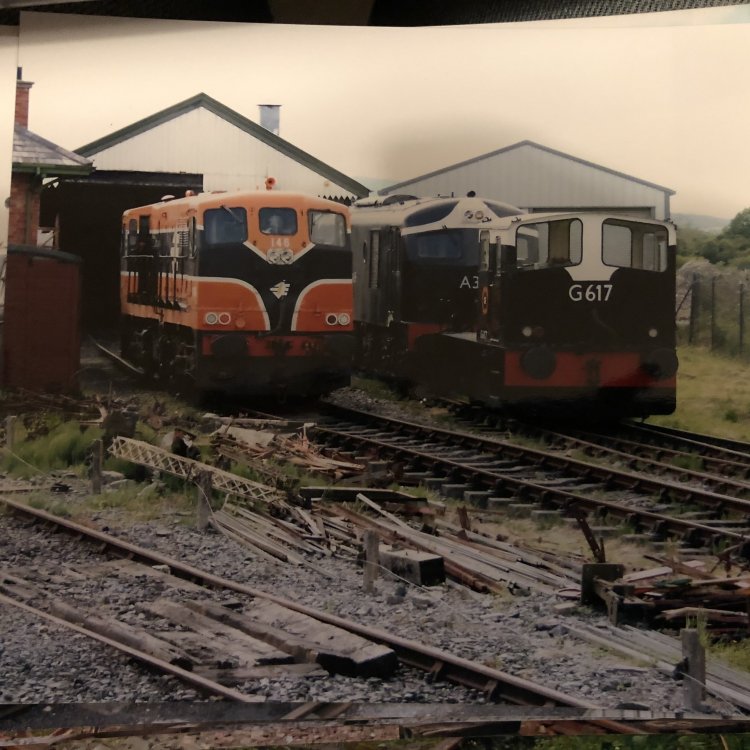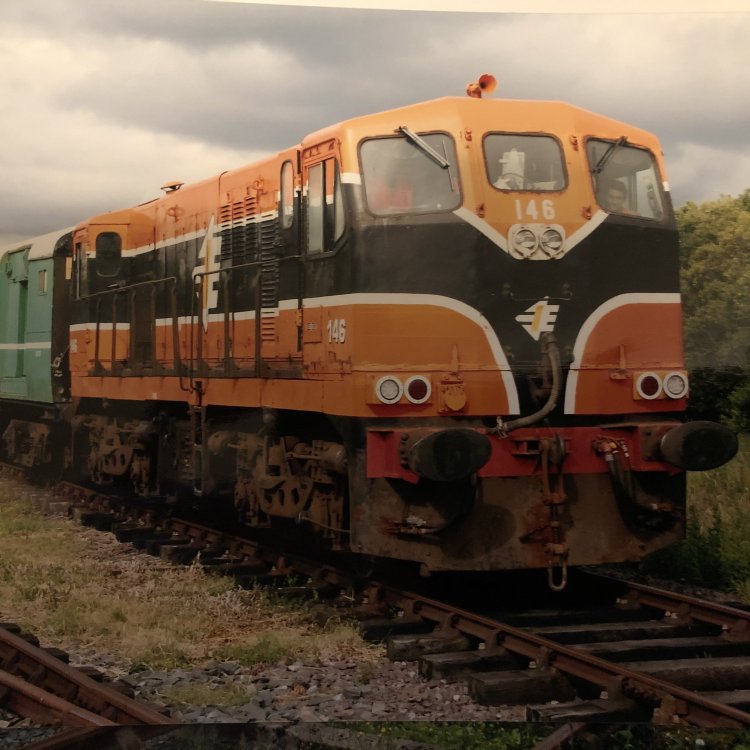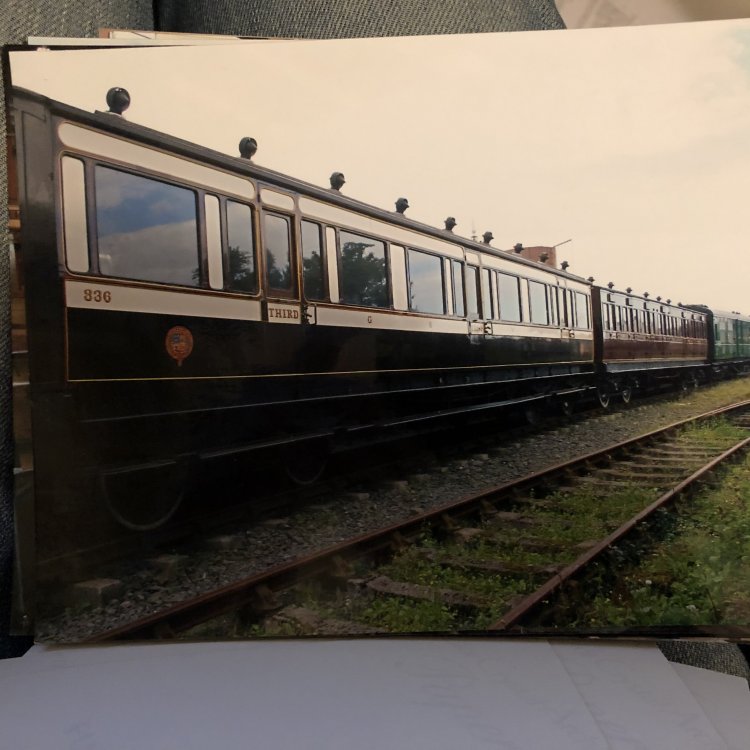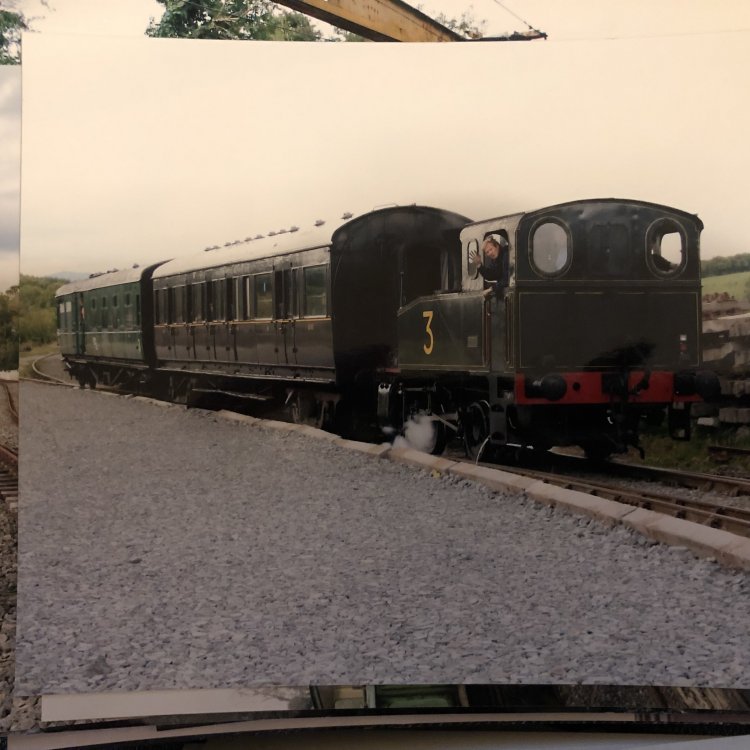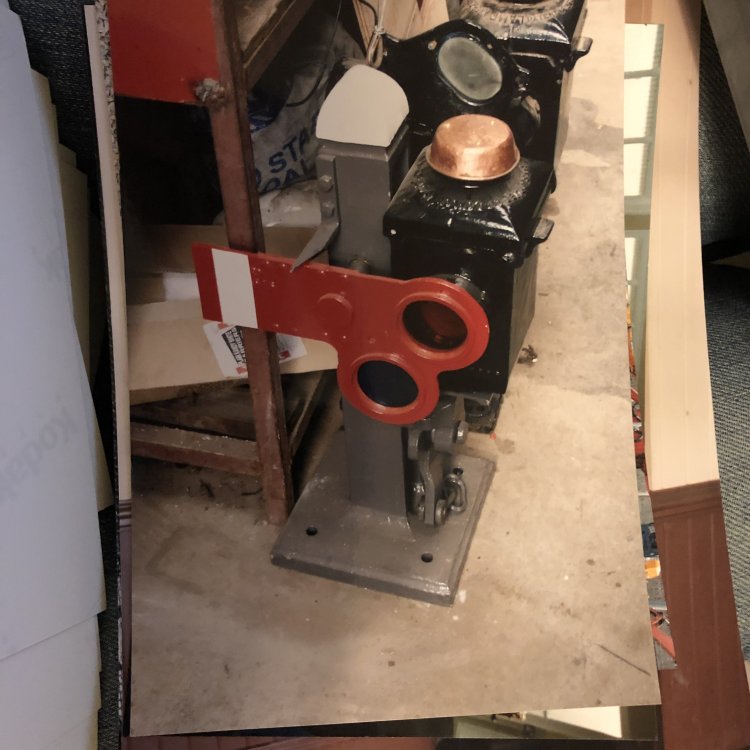-
Posts
15,831 -
Joined
-
Last visited
-
Days Won
393
Content Type
Profiles
Forums
Events
Gallery
Blogs
Store
Community Map
Everything posted by jhb171achill
-
I was on that IRRS trip too. And, I travelled round the place in 1977/8. Now, I believe I know who you are! If I'm correct, you actually sat beside me on the IRRS trip, and I noticed you out and about on runabout tickets!!!!!!! Ye can't go nowhere.......!!
-
Track plans are hard enough to get....but yes, there's info about the various stations to such extent as I could get it. Thank you very much for your comments - very much appreciated.
-
I could assist you with a copy of "Rails to Achill" but you've got it! "Rails Through Connemara" should be on the shelves before Christmas.
-
Yes, it's probably a 6-wheel 1st / 3rd compo, a brake 3rd and several vans. And, as you say, a G2. An easy load for that engine.
-
Yes, I would just "weather" over the lining, after all, that's what happened the real thing. I was shown a picture of a UTA loco once - probably a Jeep - and I was told that it proved that SOME UTA jeeps had no lining. I insisted that all had, always; there wasn't a solitary exception, to no avail. Later, I found another pic of the same loco, the same year, with lining discernible, albeit on an absolutely FILTHY loco! Occasionally, lining just isn't visible on a dirty locomotive - but it's there! Yes, the 08 you mention was indeed the one - I think there was an article about it in one of the "comics" - excellent job.
-
I've two "Woolwiches".... one, I think. I will repaint grey and weather it. The other, I'll leave green and very heavily weather, which raises a question: I saw a model one time of a British class "08" shunter. It was meant to be weathered really heavily, over paintwork which even if clean was already badly worn. The model was based on photos of a prototype. Looking at the real thing in photos, the BR blue paint was very badly faded (I think it had been sold into industrial use) and on top of that the thing was absolutely filthy - really badly neglected. But the modeller had got a PRISTINE Hornby or Bachmann straight-outta-the-box blue 08. He had applied some colouring technique before he started weathering it to make the paintwork look badly faded, a weak, insipid, greyish pale-ish blue. THEN he had started weathering it. The result was quite simply one of the most realistic weathering jobs I've ever seen. Does anyone know how this is achieved? The "Woolwiches" which remained in green into the late 50s, show this degree of neglected fading, barely visible under perhaps five undisturbed years of gunge. The patches of green visible look really worn and faded themselves.
-
I'm going to post one or two a day for a while. I'm thinking of putting together a talk for the IRRS based on them...... he got to some interesting places, like Burtonport, Rathkenny, Macroom, Killaloe (I think, as a small child), Castlecomer, Keady, Killeshandra, Edenderry, Banagher, Castlegregory, Courtmacsherry... but he didn't always have his camera and when young he only had a little cheap one, like the Cavan train above. The day he took that he was out cycling with his friends. It's a wonder he had a camera at all. On a two-day trip Kingsbridge - Mallow (on the footplate of a 400), to Tralee, to Castlegregory and back, overnight in "Benner's Hotel, Tralee" (B & B & dinner 5 shillings), next day to Dingle and back, and then back to Dublin - he took but four photos. Three at Castlegregory and one at Castlegregory Junction! He went another day to Galway and back (via Loughrea). He took one pic, at Loughrea, but watched the Clifden train leaving within its last weeks, so that was 1934, which means he was 16....... He went another day from Amiens St. - Goraghwood - Warrenpoint - Newcastle (WP - NC by cycle!!), and then on the footplate to Belfast on the BCDR. No photographs. He went to Macroom and back twice; once in the van of a cattle special and once on the footplate of an engineer's special just before it closed. No photos.......... He lived 5 mins walk from the Harcourt St line and travelled to school on it from 1923 to 1930 - not one photo! But I do have a good lot of stuff he DID take.
-
We’re back to about 1936 for the next one, the morning Broadstone - Cavan train. It’s waaay out in rural wild remote culchie-land in a far off place like Blanchardstown or somewhere else “out there.....” This seems to be the only pic taken by Snr. of a Cavan train. And the day he went to Broadstone to witness the last trains leaving and coming in, he didn’t have his camera.....!
-
Very well done, Dempsey, very realistic. What sort of paint?
-
There are a number of books. next time there's a model railway show, the IRRS (Clifton Flewitt) will probably have a bookstall. Ask him - Clifton is extremely knowledgeable about books and he should have something at least. Ernie Shepherd did a good history of the MGWR some years ago. Ebay or amazon might be able to help with this.
-
jhb171Senior was out with a PW gang one foggy night between Dundalk and Goraghwood, at the Wellington Cutting. Minor track maintenance was in progress. This is about 1951 or 2. As he approached the gang they were running towards him, scared stiff, after two of them claimed to have seen a man on a white horse riding along the railway track in the gloom. This story has actually been reported way in the past by engine crews; I wonder if any modern NIR or IE drivers have ever seen or heard of it! Senior wondered if they just wanted the night off, as it was a really heavy freezing fog, and that neck of the woods is not exactly known up there for tropical heat and sunbeds. But if they walked off the job they wouldn't be paid, and money was tight back then. There were about 6 or 7 of the men, and Senior recalled that he could tell that they genuinely WERE terrified, whatever they had seen. The work was postponed until daylight, when another possession was obtained. As our good American friends might say, "Go figure"!
-
Wasn't aware of Alan Gee's! Superb. There was indeed a ghost on the Carndonagh branch; the same identical one to be found at a crossing somewhere between Donegal and Killybegs. In each case, just after the line closed and the track was lifted, the gatekeeper heard a whistle for the gates. He went out without thinking to open the gates, then realised there was no track and no train. And, of course, his wife heard the engine whistle too.... In the Donegal version, he sees the train pass, closes the gates and ambles back into his cottage, then tells the wife "that's the 6:35 through...." She says "what are you talking about? The railway's gone!".
-
The Midland had a standard station colour scheme. Exteriors were red - apparently a cherry red. I’ve seen a sample and it looks about right for that. Larger areas (lighter) colours on the likes of signal cabins or other wooden buildings or sheds were a sort of creamy light beige or stone colour. On a layout, slightly weathered light cream or off-white is probably best. Station fencing was this colour too, or possibly white. Interiors were mostly a light mid-brown (Lower) and cream (upper).
-
Re both those pics - I’ve never seen a layout based on the Lough Swilly, though several CDR ones exist. I always thought something based on Tooban would make a great layout. Heavy goods trains and eight-coupled engines..... and a compact but interesting station Junction. And that tram depot - perfect architectural size for a city-type small terminus building, like a ground-level Harcourt St.
-
Beautifully sunny here too in Dublin, Leslie!
-
I wonder if it was as heavily one-sided as it is today!
-
Today’s visit takes us to the the wild and lonely Tooban Junction for the Case of the Strange Signal; mind you, many of the Lough Swilly’s signals were odd one-offs..... ....and back to the Shelbourne Road tram depot, DUTC, Dublin.
-
Up the glens..... Senior managed to poke his way through the weeds up as far Rathkenny on the Ballymena, Cushendall & Red Bay Railway about 1940 in the cab of a light engine which went off to find a wagon somewhere. The line was as good as closed but still saw an occasional goods working. He explored the rest by bicycle and Shanks’ Mare....
-
-
Rails (and locomotives) around Downpatrick, 2003-11
jhb171achill replied to jhb171achill's topic in General Chat
I was doing guard this day, so the second two are Noel-esque shots, as the train approaches Tara..... I mean, Downpatrick North Junction. A family affair; Nephew-the-Elder was firing LPHC No. 3. I took the first two on an earlier date.- 1 reply
-
- 5
-

-
Found these..... The first few show the hard work that goes on behind the scenes in all weathers, year round. The last two show restoration work which is the less obvious, less glamorous but absolutely necessary work that also has to be done.
- 1 reply
-
- 3
-

-
It was much the same as it is now, and if it's in Midland days it'll look very colourful, as they painted their stations red and cream......
-
You're going for MGWR livery? Very nice! The blue was dark, midway between navy blue and "royal" blue.
-
I love that layout - a little cameo. It absolutely oozes atmosphere. The weathering on the tatty oul hut is very realistic and really adds atmosphere.....
-
If the colour on the coach is as it looks in your pic, it's pretty close indeed but a little bright, but the "Bredin" green may be seen in reality in Malahide (once it reopens!). Talking which i was talking with the manager of it and the actual castle today and he says that it won't be "for the foreseeable future".
.png.c363cdf5c3fb7955cd92a55eb6dbbae0.png)

